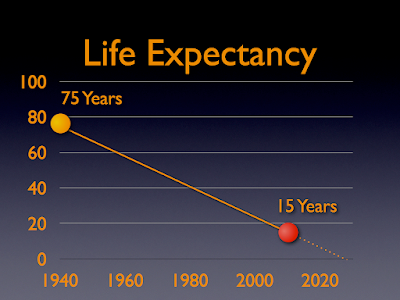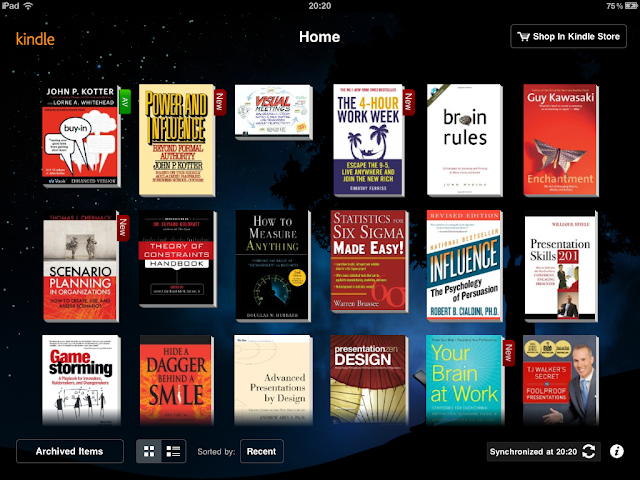Viva la Pasta! - Spaghetti Management

Bo Hagström is a well known chef, and hosts Sun Food (Swedish: Solens Mat), a Swedish TV show. I met Bo when he signed books in a bookstore. His latest book, Viva la Pasta! is about, you guessed it, pasta! Bo is on a mission: He wants to teach Swedes about pasta. As it turned out, with good reason. I got a short but interesting lesson. Bo handed me two strands of pasta and asked me to feel them. One strand was very straight, and felt completely smooth. The other strand was different, slightly crooked. The surface felt slightly rough. The straight, smooth strand is bad pasta, Bo told me. It is low on nutrients. It does not taste very good either. Because of the smooth surface, it does not absorb flavors from other ingredients. The slightly crooked strand with the rough surface is great pasta. Much more nutritious. Because it is porous, it can absorb flavors from sauce and other ingredients. The two kinds of pasta cost the same in the store. The bad pasta outsells the good...







